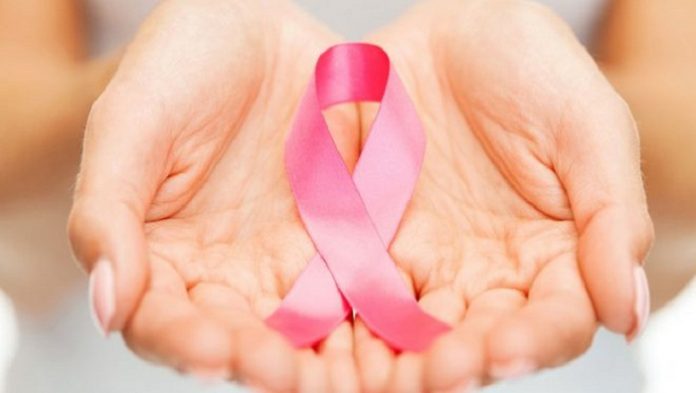
A study of more than 500 breast cancer survivors shows that it’s never too late to reap the benefits of an exercise program.
The study, found that breast cancer survivors who pursued physical activity during and after treatment reported an improved quality of life, including less fatigue and pain.
“We wanted to investigate why some breast cancer survivors come out of treatment just fine and go on about their lives, while others have problems with symptoms like fatigue and pain that limit their quality of life,” says first author Catherine M. Alfano, a researcher in the Cancer Control program at the Ohio State University Comprehensive Cancer Center. “We want to try to help those survivors improve their quality of life and lead healthy, productive lives.”
It turns out physical activity plays a key role in the rehabilitation of breast cancer survivors, she says. Study participants were asked to score their levels of pain and physical sensation, sexual interest/dysfunction, fatigue and physical health-related quality of life at six, 29 and 39 months post-diagnosis. They were also asked to report their physical activity levels based on household activity, moderately vigorous activity, vigorous activity and sports/recreational activity at these times.
Researchers expected to find those reporting higher levels of activity before diagnosis to have fewer physical symptoms and a better health-related quality of life.
Surprisingly, women who had been avid exercisers before their diagnosis reported similar symptoms to those who had not been exercising, says Alfano, who also is an assistant professor in the College of Public Health at Ohio State.
“Counter to what we expected, the type and amount of activity that they were doing before diagnosis didn’t really matter all that much. But what mattered was what they did after their diagnosis with breast cancer,” Alfano says.
Survivors who were more active after diagnosis reported less fatigue and pain, and were better able to be physically active in their daily lives, such as climbing stairs or walking several blocks, Alfano says. Even moderate physical activity, such as walking, helped cancer survivors feel better, while more vigorous activity resulted in less fatigue.
During treatment for breast cancer, many women experience problematic levels of fatigue that generally lessen as time goes passes. But for about one-quarter of breast cancer survivors, debilitating fatigue and pain linger years later.
Alfano is among a group of Ohio State researchers taking the lead in the emerging field of cancer survivorship. Scientists are turning to the study of survivors to find what works best in improving the overall quality of life for former cancer patients.
For generations we’ve focused only on cancer treatment, and now we are shifting our focus to improving the quality and quantity of life for survivors,” Alfano says. “With cancer becoming more of a chronic illness in many cases, we are focusing on how to lessen the impact of living with breast cancer. Exercise is definitely one way of doing that.
References :
1. National Cancer Institute
2. Society of Behavioral Medicine.
The study was funded by the National Cancer Institute. Part of Alfano’s effort was conducted at the Fred Hutchinson Cancer Research Center. The research participants lived in New Mexico and western Washington. Some material in the study was presented at an earlier meeting of the Society of Behavioral Medicine.






















